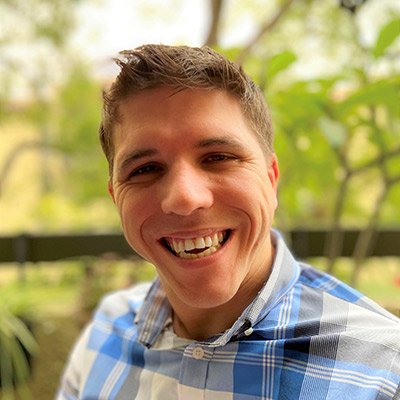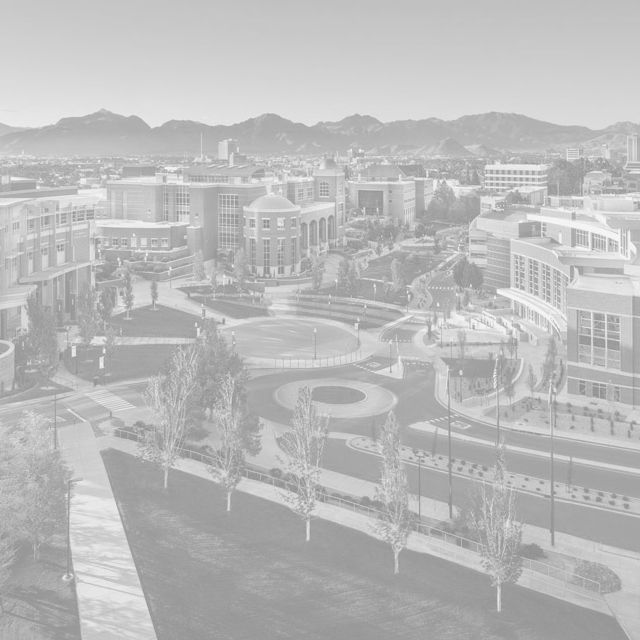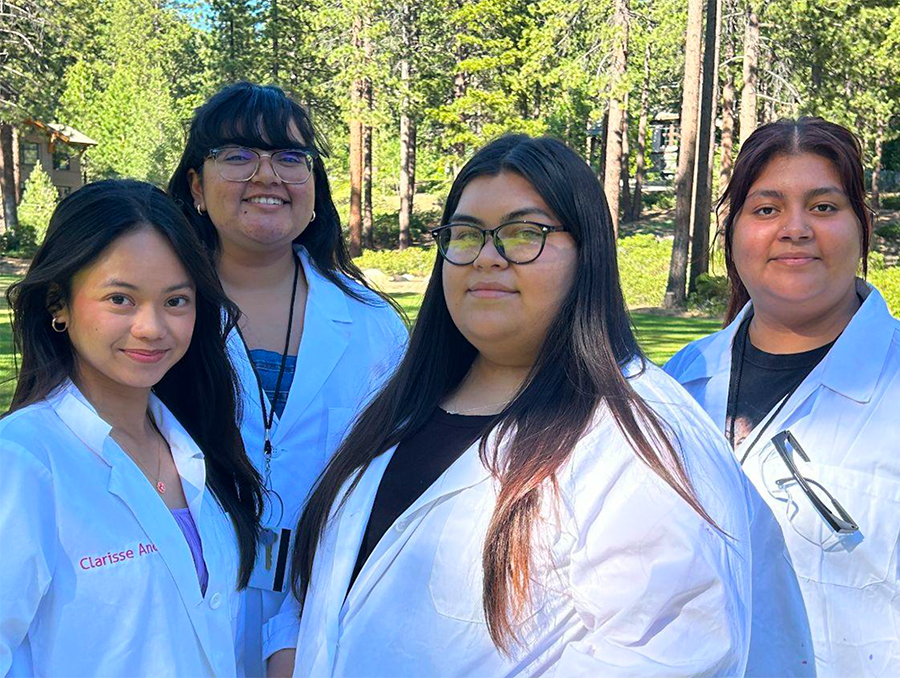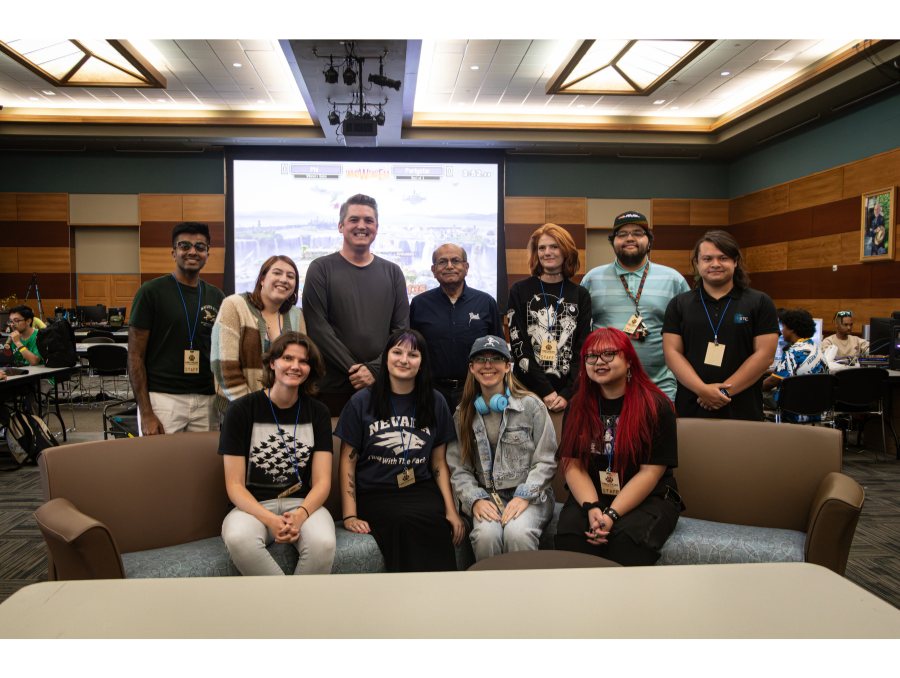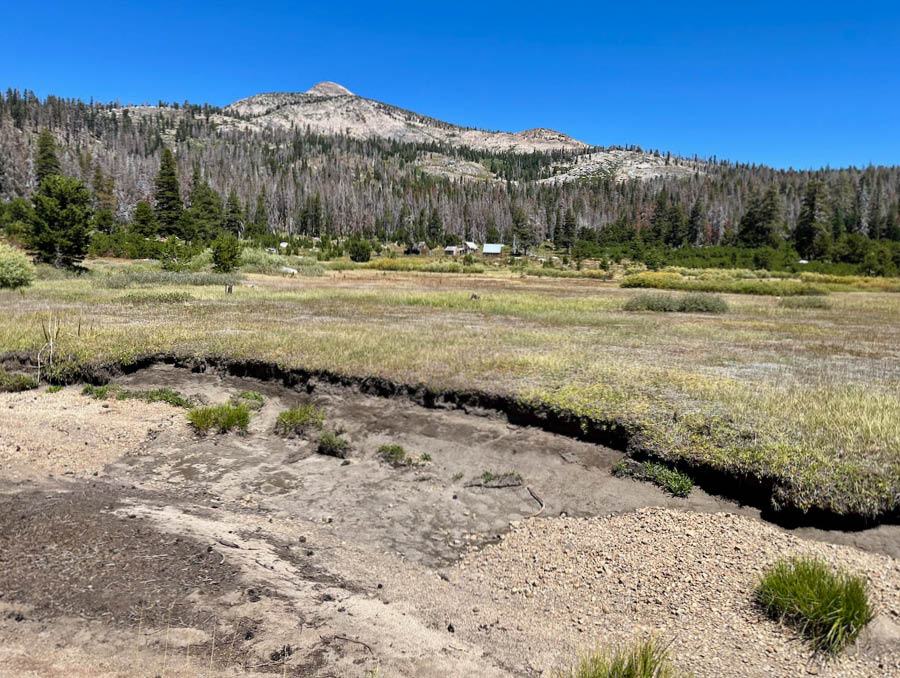Building Back Better: Toward a disability-inclusive, accessible and sustainable post COVID-19 world
Dec. 3's International Day of Persons with Disabilities highlights why need to integrate people with disabilities into society has never been greater
Since 1992, the United Nations has recognized December 3 as the International Day of Persons with Disabilities (IDPD). This year’s theme is “Building Back Better: toward a disability-inclusive, accessible and sustainable post-COVID-19 World.” The Day seeks to bring attention to issues that impact the disability community and increase awareness of the need for integration of people with disabilities into society. [1]
As we imagine this post-COVID world, however, we’re in the midst of the sobering realities in a world characterized by how COVID limits our lives. We’re all probably sick of hearing about the ongoing COVID-19 pandemic and its many impacts on our lives. Zoom meetings, childcare emergencies, working from home, isolation from family and friends are all we hear about – it’s the “new normal.” While we look forward to life after COVID, it’s my hope that we consider opportunities to be more inclusive. For example, consider:
Working arrangements
The pandemic has shown employers and managers that it is possible for people to productively work remotely, have flexible schedules and participate in meetings virtually. These are accommodations that many people with disabilities have long argued for in order to gain and maintain employment. Whereas before there had been questions about whether people could perform the “essential functions” of the job under those circumstances, our response to the pandemic shows that it is readily achievable to make those modifications with some planning. Workplace accommodations enable people with disabilities to do their job effectively and safely, and it’s my hope that a post-COVID world better recognizes this. Most employment accommodations for people with disabilities cost less than $500 or are free [2] requiring only the willingness to be creative and flexible!
Technology access
There is no doubt that technology has been an important factor for allowing us to navigate life during COVID-19; technology offers an escape from social isolation, through online games, virtual support groups, video conferencing with friends and family, or social media. In addition, telehealth and education solutions provide access to underserved communities, including people with disabilities. Yet unequal access to internet connectivity brings an opportunity to ensure equitable access for everyone. Prior to the pandemic, we were technologically-centric and have only become more so. Much of this technology is based on Internet access. I’m sure I’m not the only one to have experienced connectivity disruptions (see: my interview for this position), and it makes us wish for more reliable connections with higher quality services. It’s my hope that when we think about this, we remember the “digital divide”; there are groups in society that have less access to technology, specifically the Internet, than others – notably people with disabilities [3]. Especially within a College of Education and Human Development, we should be concerned about the lack of Internet access in rural areas and for people with disabilities. Universal access to the Internet is a clear opportunity to be addressed.
It’s equally important to ensure that technologies themselves are accessible. Is a Zoom meeting accessible to a person with a visual or hearing impairment? Are the lectures/videos that will show as part of presentations or classes captioned? How accessible are chat functions and Q&A sessions? There are lots of opportunities for increasing access and these questions also have implications for in-person sessions post-COVID and hopefully help us out to think about being more inclusive in general.
Physical spaces
The social/physical distancing (6 feet!) that has become synonymous with helping to stop the spread of COVID-19 makes us more aware of the physical spaces around us, which many people with disabilities have struggled with for years. Small and crowded spaces are difficult for many people with disabilities, especially those who use wheelchairs, crutches, or canes for mobility. Efforts to maintain social distancing revealed a lack of awareness of people with disabilities. For instance, restaurants and bars expanded their seating areas to outdoor patios and sidewalks, but many of them encroach on spaces people with disabilities need, such as wide sidewalks and wheelchair accessible parking spaces, demonstrating a lack of consideration for people with disabilities, like me, who need those spaces. It’s my hope that one outcome of the pandemic is better understanding of spaces and barriers they can create for people with disabilities.
Mental health and invisible disabilities
The pandemic has also increased awareness of invisible disabilities and mental health conditions. People with invisible disabilities or chronic conditions (diabetes, heart conditions, etc.) may be at increased risk of getting COVID or having worse outcomes. Our collective mental health has taken a hit, and for those with mental health issues, COVID has exacerbated those conditions. The pandemic has led many people to seek mental health services as a result of the isolation, family caregiving and generally anxiety they experience. But mental health services are sorely lacking across the United States, and services for children and adults with disabilities are even harder to access. It’s my hope that the pandemic leads to better understanding of mental health and invisible disabilities as we push for more investment in those services.
Community living
The pandemic has highlighted how quickly infections can spread in congregate care settings, such as nursing homes or group homes. These settings house many of our elderly individuals and/or people with disabilities, who are also more susceptible to COVID-19. The media has done a good job of explaining and exposing these situations, and it’s my hope that these bring more attention to the importance of community living options for seniors and people with disabilities. This is especially a concern for Nevada, which ranks near the bottom [4] in terms of the long-term services and supports available to people with disabilities – services that allow them to more fully integrate in the community. COVID has exposed the urgency to support community-based living and highlights the opportunity to push this priority forward.
The past year has been unprecedented, revealing longstanding social issues that impact people with disabilities. As we look to the future, I hope that as we rebuild our lives, we remember to be inclusive of everyone, including people with disabilities and involve them as partners in our actions.
[1] United Nations. International Day of Persons with Disabilities (IDPD), 3 December 2020. UN: Department of Economic and Social Affairs.
[2] Job Accommodation Network (2020, November 5). Workplace Accommodations: Low Cost, High Impact. Morgantown, WV: JAN.
[3] Anderson, M. and Perrin, A. (2017, April 7). Disabled Americans are less likely to use technology. Pew Research Center.
[4] Reinhard, S., Houser, A., Ujvari, K., Gualtieri, C., Harrell, R., Lingamfelter, P., and Alexis, J. (2000). Advancing Action: A State Scorecard on Long-Term Services and Supports for Older Adults, People with Physical Disabilities, and Family Caregivers. Long-Term Services and Supports State Scorecard: 2020 Edition. AARP Public Policy Institute.

